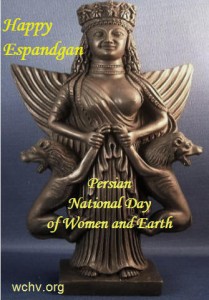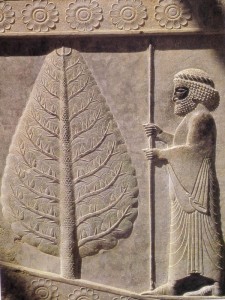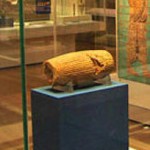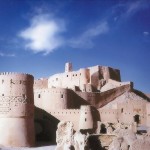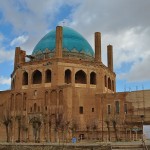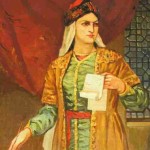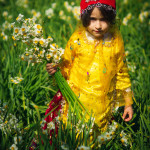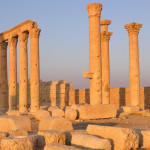 Many protesters and supporters of NGOs that work for the preservation of environment are still present in Taksim Square, in the heart of Istanbul, Turkey. The protesters are angered by the Turkish government’s decision to destroy Gezi Park (adjacent to the Square) for new commercial developments. Taksim is a part of Turkish history and a tourist attraction as well as a recreational place with shops, hotels, and restaurants. The beautiful Gezi Park is a major part of the complex.
Many protesters and supporters of NGOs that work for the preservation of environment are still present in Taksim Square, in the heart of Istanbul, Turkey. The protesters are angered by the Turkish government’s decision to destroy Gezi Park (adjacent to the Square) for new commercial developments. Taksim is a part of Turkish history and a tourist attraction as well as a recreational place with shops, hotels, and restaurants. The beautiful Gezi Park is a major part of the complex.
Turkish people are very keen on their cultural, historic and environmental heritage. In addition to the knowledge they have gained during the last several decades in regards to the importance of their heritage, they are aware of the economic impact that tourist attractions have on their livelihood. Turkey is amongst the ten first countries that generate income out of their tourism industry.
Thus, it is no surprise when thousands of people show up to answer the call to stop the demolition of the park. They gather in Taksim to “Save the Endangered Trees”. Other proposed changes to several historic sites and monuments, including the heritage of Kamal Ataturk, the founder of modern Turkey, has added to the angry protests in many other cities as well. Click on this video link to see protestors in action.



